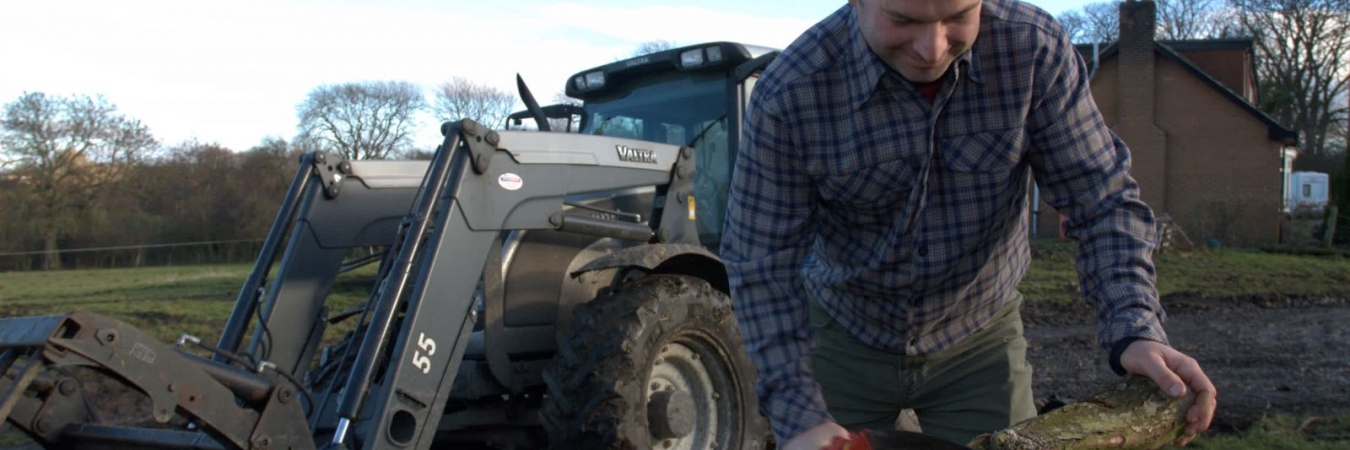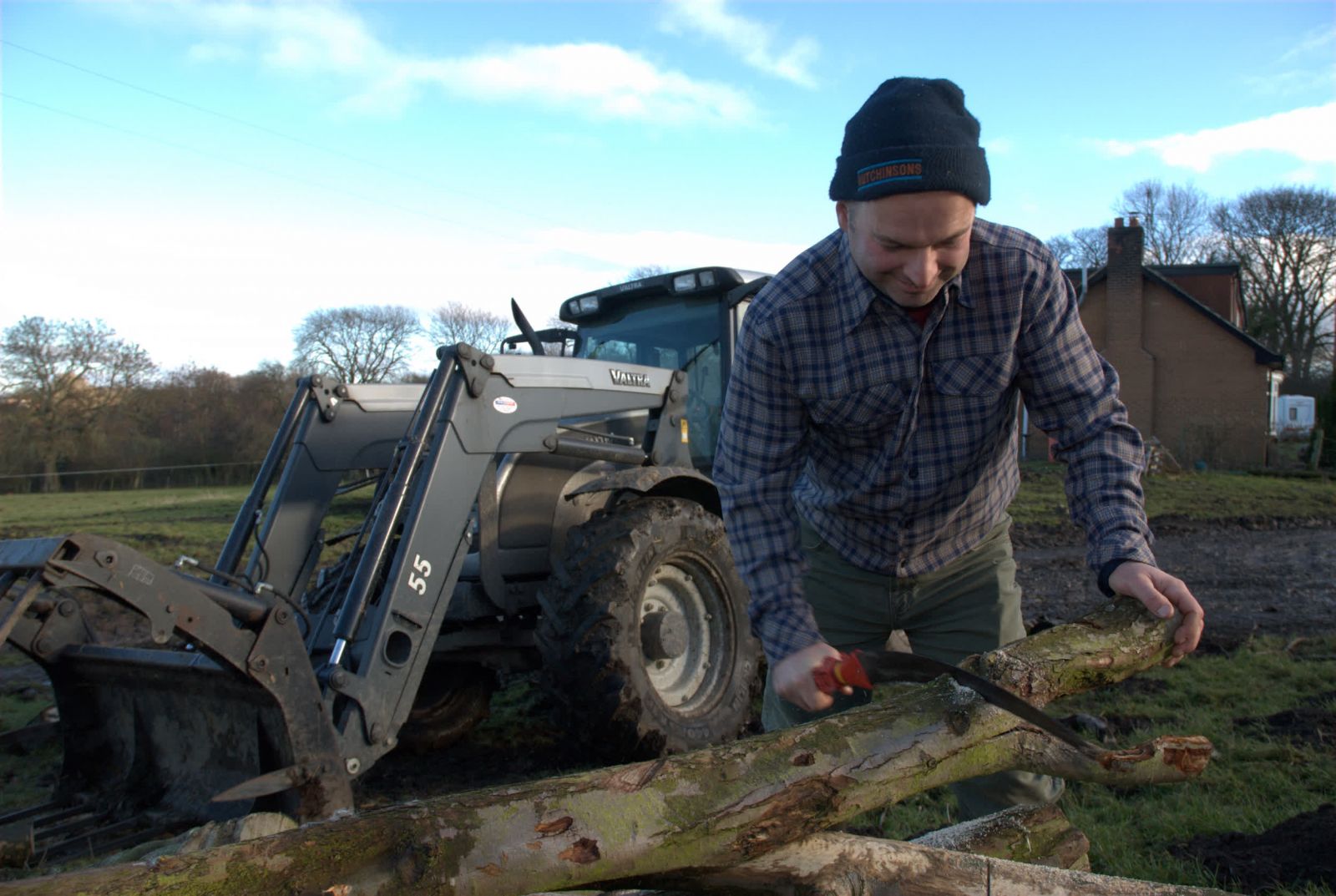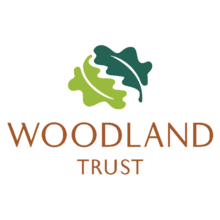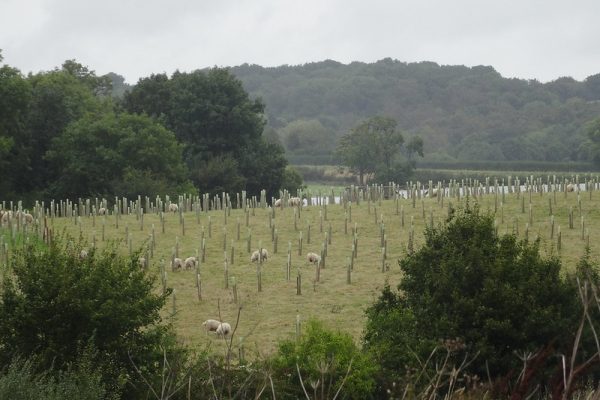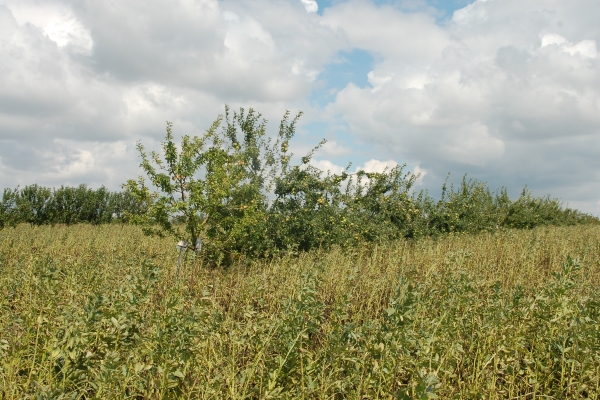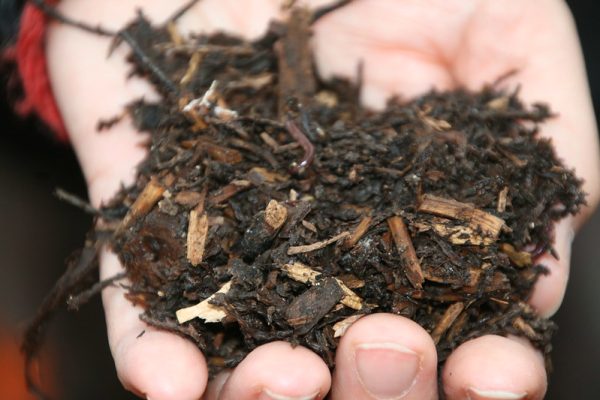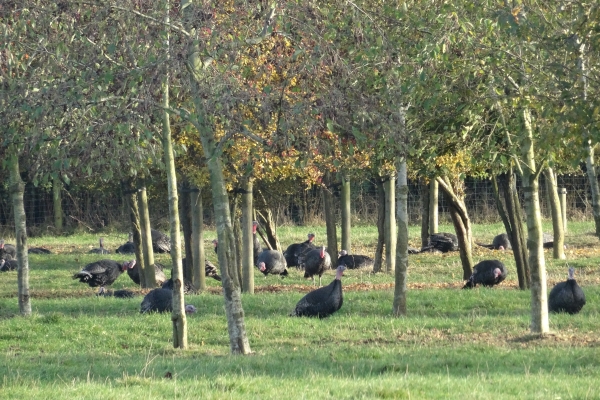Managing your on-farm woodland
Farmers often ask us about the best way to manage woodland at this time of year…
Of course, every site is different and the answer we give will depend on your objectives for the woodland, the age of the planting, the density and condition of the trees and what else is around.
It’s important to look at your woodland in the context of other trees. What’s going to be there in the long term? Don’t assume that just because you’ve got 20 oak trees, they’re all going to survive.
Assuming you have relatively new woodland, at this time of year you’d normally be thinking about thinning and pruning anything from 5 -10 years old with a view to raising the canopy a little. It’s when they reach this age that trees start to compete with each other for space, light and nutrients and the growth rate starts to slow. Thinning makes sure the best trees grow at the fastest rate, allowing for a more diverse woodland structure and helping to future-proof the landscape.
You can probably afford to prune up to two thirds of a tree if it’s good and strong. Take off the side shoots and this will encourage the tree to grow in the best possible way for timber. The most valuable trees have long, straight, branch-free stems.
For anything over 10 years old, especially if planted at a density of 1,600 trees per hectare, you would be looking to thin out one of every four of five trees. Pick out the ones you want to keep – the good quality ones, the strongest and straightest. Most trees tend to get planted in blocks of 15. I like to stand in the middle of a block, look up, decide which ones I want to keep then free the canopy around them – cutting away any trees touching the canopy of the ones I’m going to retain.
Once you’ve removed your excess trees, they can be cut up and sold on as logs or woodchip, or used to heat your farm. Photo credit: Andy Tryner/WTML. (CC BY-ND)
Anything you cut up you can take back to the farm for your fire, or chip it and sell it on, although it’s always good to leave some stacks on the ground as it benefits insects and wildlife, especially hedgehogs. And that’s something else to consider before starting any sort of woodland management – look out for wildlife. Check for nesting birds, bats, dormice and other animals, and be careful not to damage other woodland plants. You’ll also want to beware of soil erosion and run-off if the work causes any ground disturbance.
When you’re pruning, you’re ultimately trying to get a nice thick understory. Hazel is a great understory tree as whatever you do to it, it won’t impact on your taller trees – the elder statesmen, as it were. From around 7 years you can start to coppice hazel, but make sure you only tackle the fairly well matured trees with good root stock. And whatever you’re pruning, always take out damaged or diseased trees first.
If your woodland is dark and not had much done to it for a decade or more, think about opening up a ride or creating some glades – something to let the light in and encourage growth, not just of your trees, but of other plants and flowers on the floor.
Whatever you’re cutting back, always plan your extraction routes. It’s important that you can remove your timber and, of course, your machinery. Normally felling licences are not required for pruning or thinning of young woodland but please read through the Forestry Commission’s guidelines prior to any work taking place to make sure you don’t require one. You can find out more at www.forestry.gov.uk/england-fellinglicences
The Woodland Trust has published a handy guide to managing your woodland. It’s full of top tips and explains the differing techniques – coppicing, pollarding, formative pruning and thinning – and also examines the sort of work you should be carrying at each stage of your woodland’s life, whether it’s less than 5 years old or more than 50. It will hopefully be going online soon, or you can get a copy by calling the Trust on 0330 333 3300. And if you’d like to plant more trees, visit ‘Plant trees – Woodland Trust.’ We can provide tailored advice, grants and funding, trees and protection.
Stuart Holm has worked with the Woodland Trust for the past 6 years encouraging farmers and landowners to plant and create woodland landscapes. Before this he was the Leicestershire and Rutland FWAG Adviser for 12 years, giving conservation and business advice to farmers. He runs a small arable farm of his own in Leicestershire and has recently installed silt capture ponds and leaky dams to help reduce peak flow and run off from his farm. He also has over 50 acres of mature woodland on the farm which he manages himself. He has been involved with several large scale agroforestry schemes and is keen to look at more innovative ways of managing our farming landscape.
Learn more:
- For more practical management guidance from the Woodland Trust on what, where and how to plant and on managing your woodland, see ‘Woodland Trust Farmers Weekly online academies.’
- As Stuart has highlighted ‘Plant trees – Woodland Trust’ outlines ways in which the Woodland Trust can help you integrate trees on your land.
- The Forestry Commission’s detailed guide ‘So, you own a woodland?’ provides lots of useful information to help you get to know your wood and look after it.
- The Pontbren Project – describes a collaborative approach to woodland management and tree planting taken by farmers to improve the efficiency of upland livestock farming.
- The webinar How Trees Can Improve the Resilience of your Farm provides pointers on how you can use trees to improve your farm land and farm management.
(Editor’s Note)
Header image: Autumnal colour tree canopy – looking up into the canopy can help you decide which trees to thin. Photo credit: Ken Leslie/WTML. (CC BY-ND)
